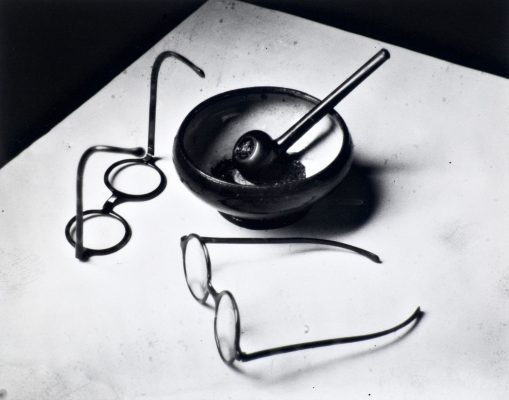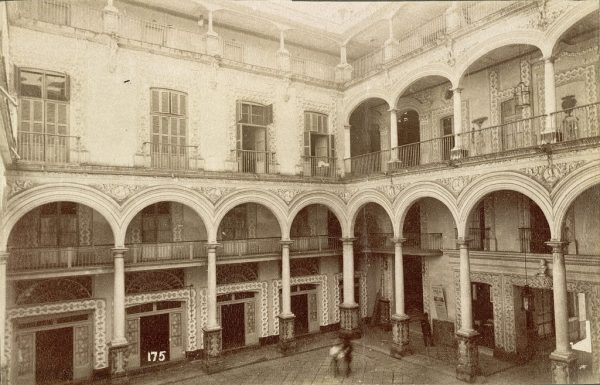1.
ANALOGIES FOR TRANSLATION ARE MANY, most of them assuming a definable something on one side of the equation – a fixed original – that might be echoed or shadowed or imitated on the other. Poetry, as Robert Frost notoriously said, is what is lost in the translation, but since that view would leave us without any translated poetry and since there seems to be a great deal of it and always has been, and since such translated work has not only been enjoyed as poetry but has actually influenced the poetry of the receiving language and, in some cases, even taken up residence in the shifting caravanserai of its canon, we can only think Frost was wrong.
But the nagging feeling persists. It is because we know that poetry, and indeed all literary writing, is so deeply invested in the specifics of its original language that its very existence is a product of it. A thousand native readers might have a thousand interpretations of a work in the original but their interpretations are likely to overlap as in a Venn diagram. That overlap wouldn’t be the definable something we are looking for but it is not nothing.
Instead of asking what is lost then, we might begin with the Venn diagram, with what identifiably remains. The essential remnants are likely to consist of events. A narrative in the simplest sense is one action followed by another. A figure goes into a room with a desk. he opens a drawer and takes out a gun. He walks to the window and looks at the trees. He returns to the desk and puts away the gun. That simple sequence can’t change without the whole changing. In Blake’s ‘The Sick Rose’ we have an ailing rose threatened by an invisible worm in a thunderstorm at night. The worm finds its way to the rose and destroys it with its dark secret love. That much is simple. Those are the bones of the text.
Then comes the flesh. Then the organs. Then the heart, whatever heart it is, the heart where we differ.
2.
First locate the skeleton, said the translator. I want bones. give me the bones. I want the jiggling bones.
The skeleton of the original must be the same as the skeleton of the model, said the translator. A skull is a skull is a skull.
These are real bones, therefore this is a real skeleton, the translator insisted.
I run my fingers over the bumps in the skull in order to know the character, said the translator. Feel his bumps, I say.
The essence of skeleton is a certain order of connections starting from the cranium down to the phalanges. I’m not sure about the toenails, said the translator, but nails aren’t bones.
*
Now let’s begin to flesh it out, said the translator. Look at the model, how it swells, flexes and sags. Shall we eliminate the sagging?
Once the flesh goes on it is a matter of weight. a pound of flesh has to be found from somewhere. Try the butcher. Try the surgeon, said the translator.
Flesh is common, said the translator. Let flesh meet flesh. go forth and multiply. I’ve got his legs! Cried the translator in triumph. I’ve got his right arm!
No one knows their own flesh the way another knows it, said the translator. Only another can know it the way another knows it. This is the way I know it.
*
Organ transplants are the devil, the translator complained. I’ve given him a kidney and my liver: now he wants my lungs.
I think you will find I have reduced his stomach to more pleasing dimensions, smirked the translator. Our combined BMI is as healthy as I can get it.
I cannot vouch for the waste disposal system, shrugged the translator. The waste remains, the waste remains and kills. I can’t be responsible for everything.
What do you mean does it have a brain, asked the translator. Do you take me for a halfwit?
The heart is located under the ribs, said the translator, but I’m not getting a pulse yet.




